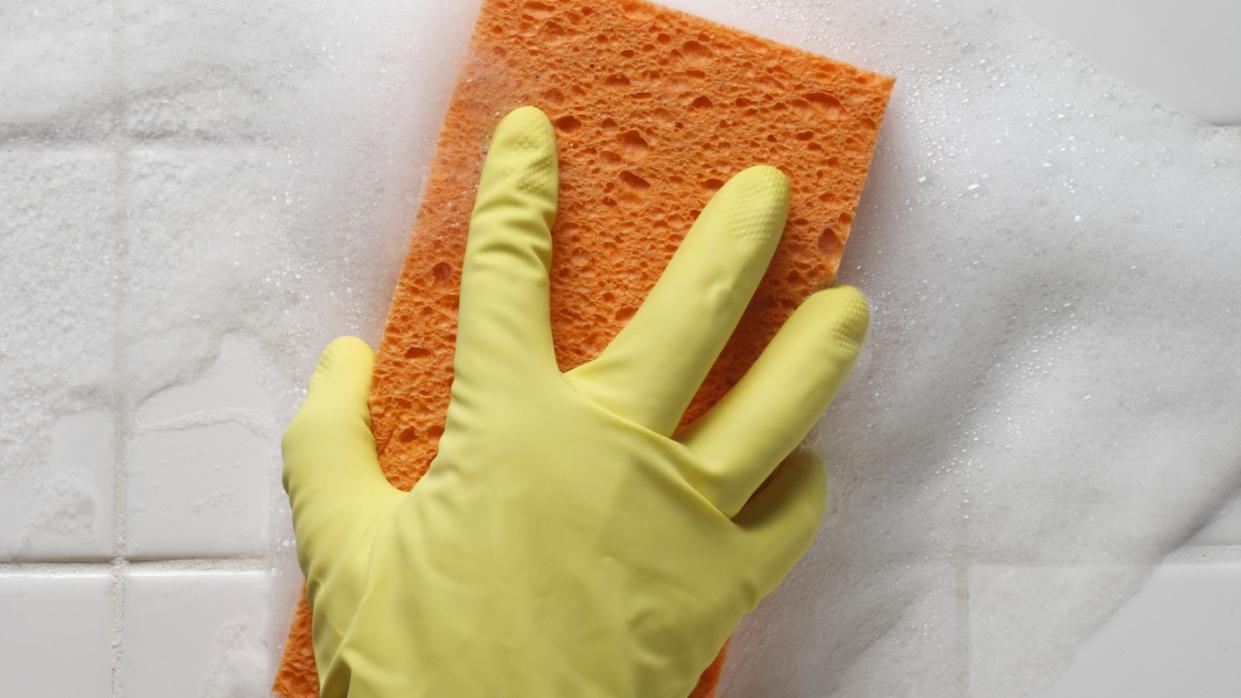How to Identify and Treat Mold vs. Mildew in Your Home

Mold and mildew: You may not know exactly what they are but you know one thing for sure—you definitely don't want either one in your home!
Whether you think you've spotted the telltale signs of these sneaky fungi or you're just looking to stay ahead of the game, understanding how to identify and treat mold and mildew is essential for maintaining a healthy living space. Let's dive into the nitty-gritty of mold and mildew and learn how to keep them at bay.
What are mold and mildew?
Mold and mildew are two common types of fungi that thrive in damp, humid environments. While they may seem like harmless nuisances, they can pose serious health risks and damage to your home if left untreated.
What are the differences between mold and mildew?
Though often used interchangeably, mold and mildew have distinct characteristics. Mold tends to be fuzzy or slimy in texture and can appear in various colors, including black, green, or white. Mildew, on the other hand, typically appears as a powdery substance and is usually white or gray in color.
According to Jennifer Parnell, co-founder of Humble Suds, a line of non-toxic plant-based cleaning products, mildew is an early-stage form of mold that is much milder in nature, less harmful to one’s health, and easier to clean and remove.
"It typically presents in a white/grayish powdery substance on organic materials such as plants, walls and fabric," she explains. "Mold, on the other hand, can be very harmful to one’s health."
That said, mildew is typically fast-growing so if you see any signs of it, it's important to act quickly.
How can you go about identifying mold and mildew in your home?
Identifying mold and mildew in your home is crucial for effective treatment. Look out for musty odors, visible growth on surfaces such as walls, ceilings, or furniture, as well as signs of water damage like discoloration or warping.
"If a leak has occurred or if a musty smell presents itself, it is best to have a mold remediation company inspect the area and test for mold," Parnell recommends.
Where are mold and mildew most commonly found in the home?
Mold and mildew thrive in areas with high moisture levels, such as bathrooms, kitchens, basements, and attics. They can also lurk in less obvious places like behind wallpaper, under carpets, or inside air ducts.
You may also be surprised to learn that mold spores are actually present in every home. "But they only become activated in the right conditions, like when moisture is present," Parnell says. "When activated, mold not only grows on the surface but also penetrates them, making it very difficult to remove."
It's important to be vigilant, because mold and mildew can pop up in other unexpected places as well, says Kimberly Button, a green living and healthy home expert who runs the website Get Green Be Well. "Mold or mildew can easily grow in rooms where there is no water present," she cautions. "For instance, closets can have mold growing on the walls behind the clothes because there is lack of air ventilation and moisture may build up, especially a closet located next to a bathroom."
Button recommends decluttering your living spaces so there is proper ventilation in closets, cupboards, and against walls. "While a closet packed with tons of stuff is not only stressful emotionally, it can also be a health hazard if mold is given an environment to grow in," she says.
How can mold and mildew be prevented?
Preventing mold and mildew growth requires controlling moisture levels in your home. Use exhaust fans in bathrooms and kitchens, fix leaks promptly, ensure proper ventilation, and monitor humidity levels with a hygrometer. Regular cleaning and maintenance can also help deter their growth.
"Ensure the humidity in your home is below 60 percent—it should ideally be between 30 and 50 percent, according to the EPA—and that you have adequate airflow," Parnell says.
What's the best way to treat mold and mildew?
When dealing with mold and mildew, safety should be a priority. Wear protective gear such as gloves, goggles, and a mask to avoid inhaling spores. For small, surface-level infestations, a solution of water and detergent will often do the trick. However, larger or persistent growth may require professional remediation.
To safely remove mold on your own, Parnell recommends the following:
Put on rubber gloves and N95 masks to protect skin and lungs from mold.
To clean mold, use sodium percarbonate, a non-toxic, oxygen-based bleach such as Humble Suds Illuminate.
Dissolve 1.5 Tbsp. per 16 oz. in hot water in a spray bottle. Remove the spray nozzle every so often to let any air out of the bottle so pressure does not build up, and do not leave the sprayer on the bottle.
Spray the area you are trying to treat and leave it for 30 minutes. Spray it again with hot water and scrub with a sponge. Rinse. Check areas to ensure mold has been removed. If not, repeat or try the cleaning paste below.
For grout, mix sodium percarbonate with a store-bought cleaning paste or make your own paste blending sodium percarbonate, baking soda, and hot water. Scrub with a small brush, let it sit and then rinse.
Do NOT mix sodium percarbonate with bleach, ammonia, or any other chemical agents.
By understanding the nature of mold and mildew and taking proactive measures to address them, you can ensure a healthier and safer environment for you and your family.
You Might Also Like
